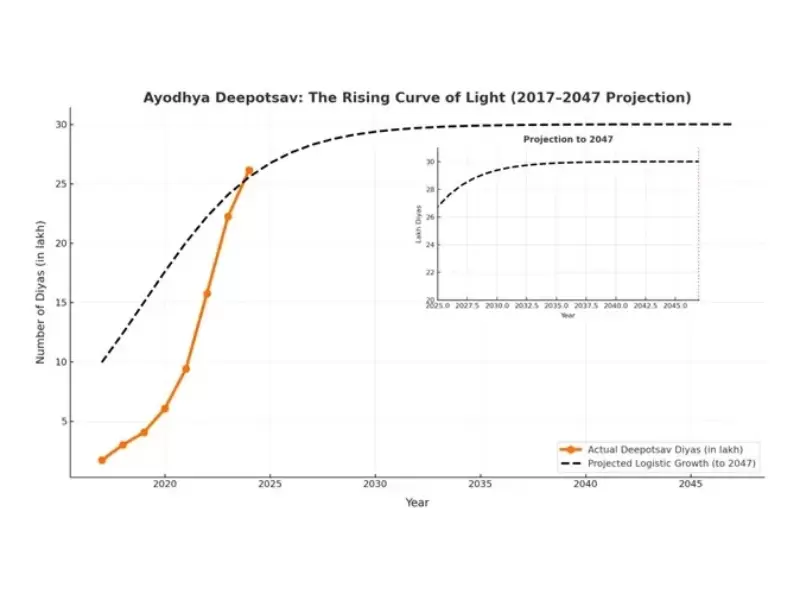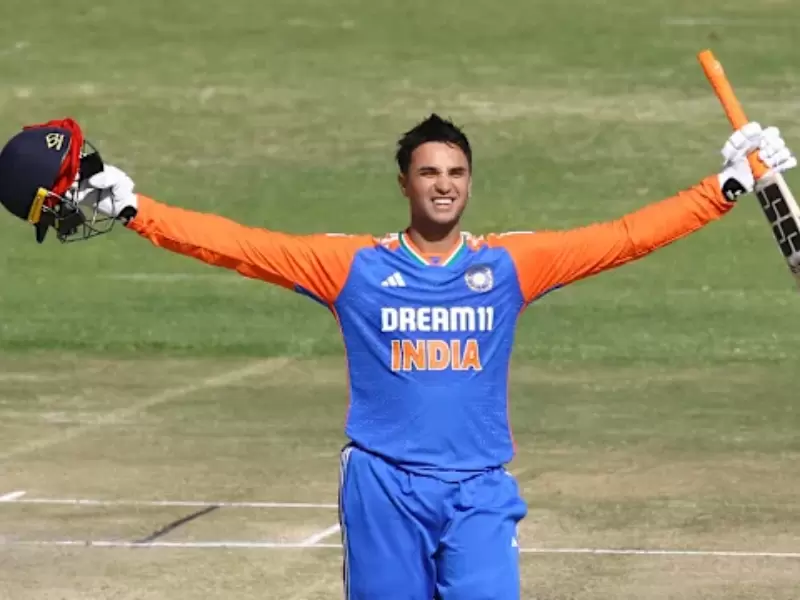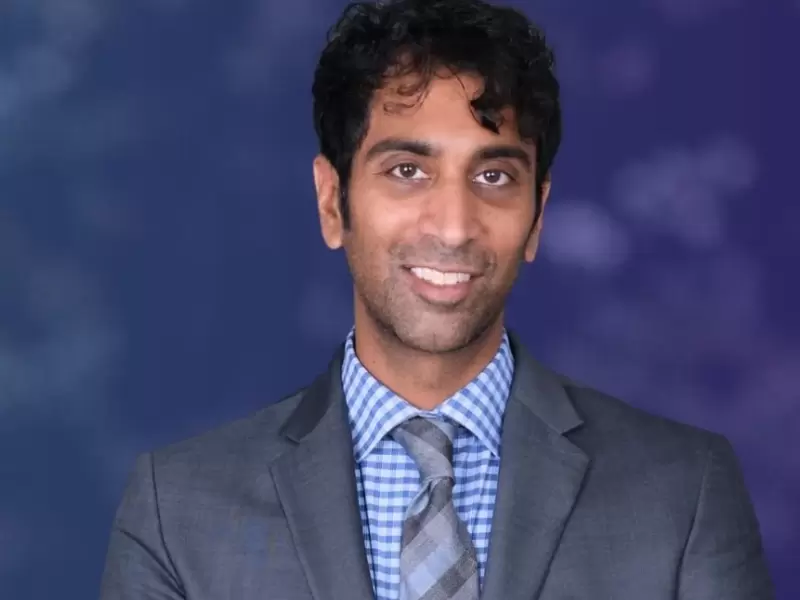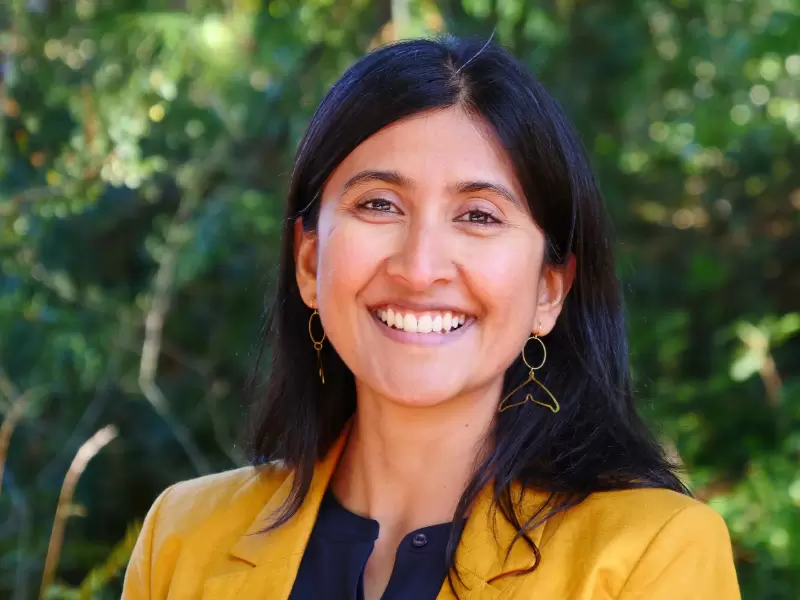Charting faith: The radiance of Ayodhya’s deepotsav
From courtrooms to diyas, Ayodhya’s Deepotsav charts India’s journey of faith, governance, and cultural resurgence—transforming a once-contested city into a symbol of illumination and national pride.
 Aerial view of the Diyas / Image-X/@narendramodi
Aerial view of the Diyas / Image-X/@narendramodi
Just a decade ago, the historic city of Ayodhya lay dim in the shadows of litigation and loss. The Ram Janmabhoomi issue dominated headlines, its streets were quiet, and the Saryu ghats were barely lit. The name Ayodhya evoked courtrooms more than celebration.
Then came 2017, a cultural and political inflection point, when Yogi Adityanath took charge as Uttar Pradesh’s Chief Minister. The Ram Mandir case was still before the Supreme Court, but Ayodhya’s streets began to glow again.
That year, for the first time, the state government organized a grand Deepotsav, lighting 1.71 lakh diyas on the Saryu ghats. It was a symbolic act that rekindled faith, civic pride, and the promise of Ayodhya’s resurgence, a bold declaration that the city of Ram would shine once more.
Diyas' growth story: From darkness to data
If the pre-2017 years were Ayodhya’s “dark age” of neglect, the years since tell a story of extraordinary illumination, one measurable in light itself. What began as a devotional gesture in 2017 has grown into a phenomenon that blends faith, governance, and logistics with near-mathematical precision.
The diya count alone narrates the transformation. From fewer than two lakh diyas in 2017 to more than twenty-six lakh this year, the numbers describe a curve of faith and confidence that would impress any data scientist. The numbers nearly doubled to 3.01 lakh in 2018, earning a Guinness World Record, one that continued to beat its own record each year since.
By 2019, the glow expanded to 4.04 lakh diyas, spreading across more ghats and localities. Even during the pandemic in 2020, the city lit 6.06 lakh diyas, a symbol of resilience.
Then came the long-awaited Supreme Court’s 2019 verdict clearing the path for Ram Mandir. Faith turned into fervor, and the number of diyas continued to grow. In 2021, the count rose to 9.41 lakh, followed by 15.76 lakh in 2022, 22.23 lakh in 2023, and 25.12 lakh in 2024.
This year, 26.14 lakh diyas turned Ayodhya into an ocean of flame and devotion, a sight that satellites could trace from the sky.
From fewer than two lakh diyas to over twenty-six lakh today, Ayodhya’s growth curve would impress any data scientist. Each year’s record eclipses the last, making Deepotsav both a spiritual and civic marvel, an event the Guinness World Records team had to verify by drone.
In essence, the growth story of diyas is no less than a civic miracle, with the state administration fully supporting Deepotsav, one that marries spiritual devotion with logistical mastery.
Plotting the curve of light
When plotted on a graph, the diya count forms a near-exponential rise, a steep upward curve of devotion. But as mathematicians note, exponential growth eventually stabilizes. The Deepotsav’s trend now suggests a logistic curve, i.e., a rapid ascent approaching a plateau as space, safety, sustainability, and likely spirituality set natural limits.
 Ayodhya Deepotsav diya count growth and projection (2017–2047) / Courtesy: Vijendra Agarwal
Ayodhya Deepotsav diya count growth and projection (2017–2047) / Courtesy: Vijendra AgarwalExtrapolating the data to 2047, India’s Independence Centennial, and the target year for Viksit Bharat, the diya count may plateau near 30 lakh. This is not a ceiling but a maturity point, where Ayodhya’s light achieves permanence rather than endless expansion. Like Yogi Adityanath’s vision of a Viksit Uttar Pradesh, the city’s illumination reflects both development and devotion evolving in harmony.
The scale of light: What 26 lakh diyas mean
To grasp the scale of this year’s spectacle, imagine 26 lakh lamps, each about 4–5 cm wide, placed side by side. They would stretch over 100 kilometers, longer than eleven Mount Everests stacked end to end, or as tall as 300 Eiffel Towers.
Measure equivalent comparison perspective
- 26.14 lakh diyas: Placed side by side, each 4–5 cm wide - Would stretch over 100 km
- Length equivalent: ≈ 11× the height of Mount Everest - Everest: 8.85 km tall
- Structural comparison: ≈ 300 Eiffel Towers - Each is 330 meters high
- Historical echo: ≈ 26 lakh Indian troops in WWII - Who fought for global freedom
- Record status: Verified by Guinness World Records - 9th consecutive record for Uttar Pradesh
It’s a one-dimensional marvel of faith and coordination. For comparison, over 26 lakh Indian troops fought in World War II, a coincidence that underlines both the magnitude and collective spirit behind this modern yajna of light.
Politics, faith, and the sociology of light
It’s impossible to separate Ayodhya’s illumination from politics. Before 2017, Ayodhya symbolized dispute more than devotion. By foregrounding Deepotsav, the Yogi government turned a contested narrative into a celebration of faith and identity. The festival became a case study in how governance can amplify tradition rather than suppress it.
Under Yogi Adityanath, the city underwent a tangible transformation: roads widened, ghats restored, and tourism infrastructure modernized. Potters and artisans, even in neighboring cities and towns, found livelihoods producing millions of diyas.
Thousands of volunteers, students, teachers, and civic workers coordinated in a feat of precision that rivals large-scale national events.
When the Chief Minister accepted the Guinness certificate this year, he called Deepotsav a “living embodiment of Ram Rajya,” the realm of virtue and harmony envisioned in Hindu tradition. Economically, it sustains livelihoods; socially, it builds cooperation; spiritually, it reaffirms that light conquers darkness. It also mirrors Prime Minister Modi’s ethos of 'Sabka Saath, Sabka Vikas, Sabka Prayas, Sabka Vishwas.'
Even before the Ram Mandir’s foundation was laid, Ayodhya’s diyas were already writing their own verdict—that the city’s glory could be rebuilt not through agitation but through celebration.
Beyond the plateau
Even when the diya numbers stabilize, Ayodhya’s light will continue to radiate in meaning. The festival’s true significance lies not in how many diyas are lit, but in how an entire society learns to light them together. The glow is no longer just physical; it’s civilizational, cultural, and devotional spirit.
If one reads Ayodhya’s diya graph as a metaphor, it mirrors Bharat’s own curve: once dimmed, now blazing upward. The city that stood still in the shadow of legal wrangling now shines as the spiritual capital of a self-assured nation.
For Ayodhya, for Uttar Pradesh, and for Bharat, Deepotsav is no longer about counting diyas; it’s about measuring the resurgence of Sanatan spirit, Bharat’s culture, and Hindu heritage, and reclaiming the radiance of Bhagwan Ram’s own birthplace.
NOTE: The author acknowledges the use of ChatGPT for research and the improvement of content.
The author is a Ph.D. physicist from IIT Roorkee. He has served in academia as a faculty member and researcher and held various leadership roles across universities. He also worked as a policy analyst at the White House Office of Science and Technology Policy.
(The views and opinions expressed in this article are those of the author and do not necessarily reflect the official policy or position of India Abroad.)
ADVERTISEMENT
ADVERTISEMENT
E Paper
Video



 Vijendra Agarwal
Vijendra Agarwal











Comments
Start the conversation
Become a member of New India Abroad to start commenting.
Sign Up Now
Already have an account? Login